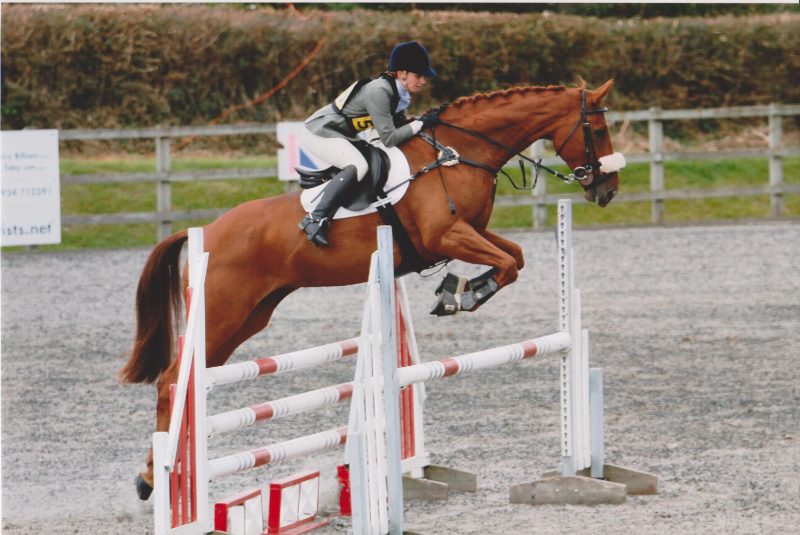Putting your horse for sale is a complex process. Selling a horse can be an emotional time, and you will want to find the right home for your horse quickly. Here are our tips to help you to secure a fast pain-free sale.
1. Choose where to advertise your horse for sale.
There are so many sites that are selling horses that you may end up confused. A high volume of horses for sale doesn’t mean it’s a good site; those horses may not be selling because of the site they’re on. You need to balance the coverage of the website (does it include your location), the types of horses on it which shows how relevant it is for your type of buyer, and of course the cost.
Having a good browse on Horsefinder is a useful starting point to shortlist a selling site. You can search by horse breed as well as location, so you can see which sites look most relevant. Obviously if they appear on Horsefinder then there’s a good chance people will find the ad. We are a search engine, after all! You can start a search here.
2. Do justice to your horse for sale when writing the advert.
You should include age, breed, sex, height, weight and personality, together with special qualities such as a sparkling coat or beautiful head.
Next, state what your horse can do i.e. highest level of accomplishment and the sort of rider it’s suitable for whether amateurs, children or experienced eventers. Then tell the reader about the horse’s manners and list any special talents such as being great in traffic, ‘bombproof’ or amazing pedigree. Being honest about faults such as napping is equally important.
There are some good tips on creating the advert at Right Horse Right Home. Also see our thoughts on photos and videos below.
3. Determine a fair price for your horse.
A great horse at an exorbitant price will put buyers off. Have a look around at similar horses to find out what they’re going for, and price your horse attractively. Include this in your advertisement with ‘ono’ (or near offer) if you’re open to negotiation.
4. Include good photos and a video of your horse.
Good photographs will sell your horse. They should be sharp and taken in good light with an unfussy background. Vary the angles so the potential buyer can get a really good idea of what the horse looks like and get a feel of its conformation.
If possible get a show of your horse doing what it does best. So photograph a jumper taking a jump with ease, or a child’s pony being ridden by a happy child.
A video doesn’t have to be fancy, but should show your horse at walk, trot and canter. Most smartphones will do an adequate job.

5. Get ready for sale.
Gather together all the information a potential buyer will want to see, such as the horse’s passport, breed registration, vaccination certificates, worming and shoeing schedules, record of shows and placings.
Get your horse ready for viewings by letting him become accustomed to being ridden by strangers, being loaded and being lunged. Work him in a variety of situations from hacking to jumping, and make sure he’ll stand still to be tacked up and mounted.
Of course, make sure the horse is in the best condition possible, up to date with vaccinations, and fully wormed.
6. Be as helpful to buyers as you can.
Answer all enquiries promptly, being as positive, friendly and honest as you can. If your facilities are limited you can arrange viewings somewhere you can show the horse off. Arrive well ahead of time and get your horse ready by making sure he becomes familiar with the venue and by ensuring he’s well groomed.
When the buyer arrives, introduce yourself and introduce them to the horse. Tell them about his good points, and let them watch you tack up and ride the horse first. The buyer may prefer not to ride the horse at this first viewing but to arrange to return if they like what they see.
7. Do all you can to help buyer and horse transition smoothly.
Once the sale price has been agreed, the pre-purchase vetting passed and contract signed, write a brief manual with current feeding regime and turn out times, and little quirks such as any likes and dislikes.
Prior to collection agree who will provide travel boots, tail bandage, headcollar, lead rope and haynet on the day the horse is travelling, and turn up in good time to groom him and gather any belongings. Alternatively you may want to deliver him yourself so that you can see him settled in.
Feel free to share this page with a friend, or you can download our outline guide on advertising horses for sale.

